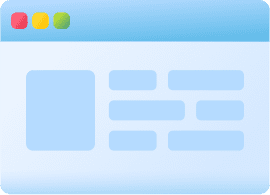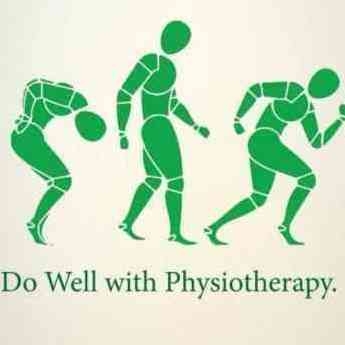+918042754929

This is your website preview.
Currently it only shows your basic business info. Start adding relevant business details such as description, images and products or services to gain your customers attention by using Boost 360 android app / iOS App / web portal.
#STERNOCLEIDOMASTOID_MUSCLE (SCM) ●●●●●●●●●●●●●●●●●●●●●●●●●●●●●●⠀ [ANATOMY, FUNCTION AND PATHOLOGY] ●●●●●●●●●●●●●●●●●●●●●●●●●●●●●●● The SCM is a paired muscle in the superficial layers of the side of the neck. It is one of the largest and most superficial cervical muscles. The name sternocleidomastoid tells us that this muscle attaches from the sternum and clavicle to the mastoid process of the temporal bone (Pic 2). The primary actions of the muscle are rotation of the head to the opposite side and flexion of the neck (Pic 3). ⠀ The muscle tends to be overactive in many people we see. It is commonly recruited to help stabilise the neck/head when we adopt poor postures and positions (forward head posture). ⠀ It is also an accessory muscle to breathing along with the scalenes, so having poor breathing patterns and habits will cause this muscle to overwork all day long and develop too much tension and trigger points. ⠀ The SCM trigger points (Pic 4) can cause a variety of symptoms including headache and face pain, balance problems, visual disturbances, ear and sinus symptoms, and more body wide symptoms. They also can initiate trigger points in the jaw joint muscles. Additionally, the muscle can cause biomechanical problems in the cervical spine. It is the only muscle that creates such wide spread problems! ⠀ The SCM is innervated by the accessory nerve (Cranial nerve No. 11 - Pic 5) which is content of the jugular foramen (a foramen in the base of the skull - Pic 6), where the accessory nerve can get compressed or entrapped. If so, it can lead to hypertension in the SCM. That's why it is very important to treat (release) this foramen to give the nerve enough space to work properly.

 +918042754929
+918042754929